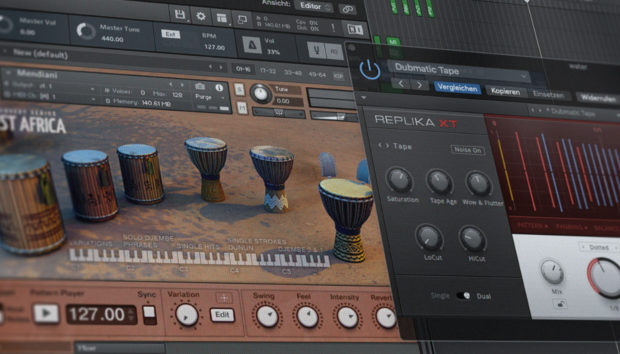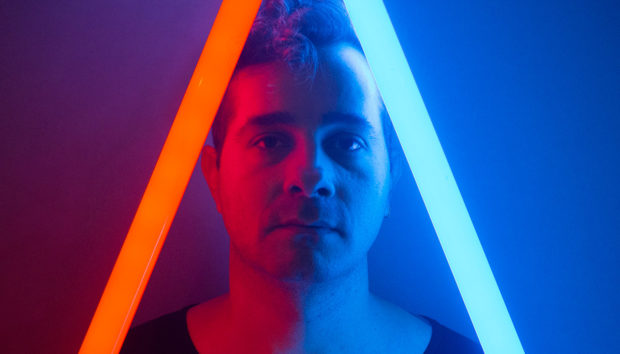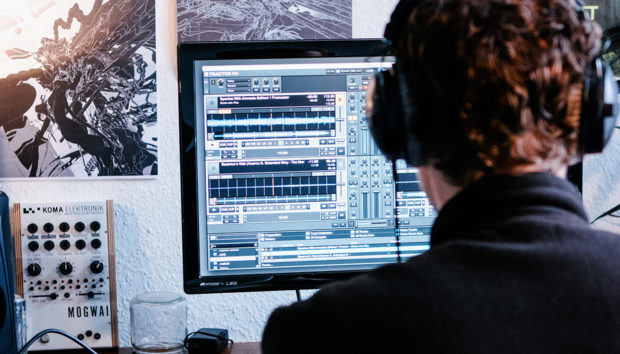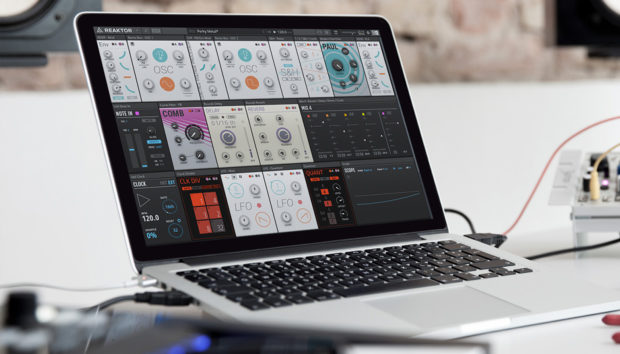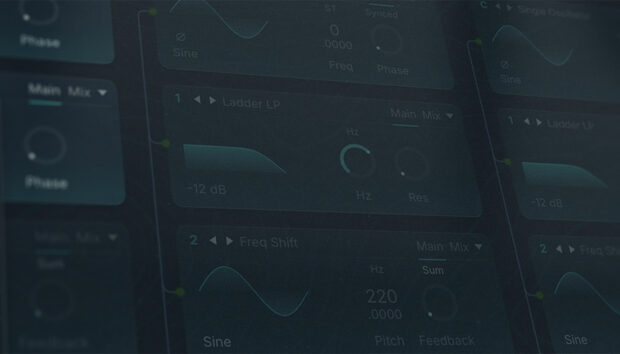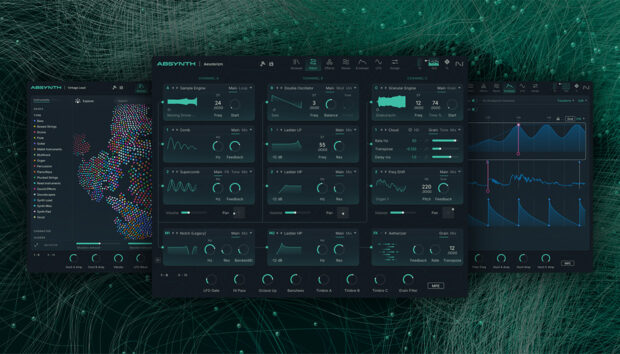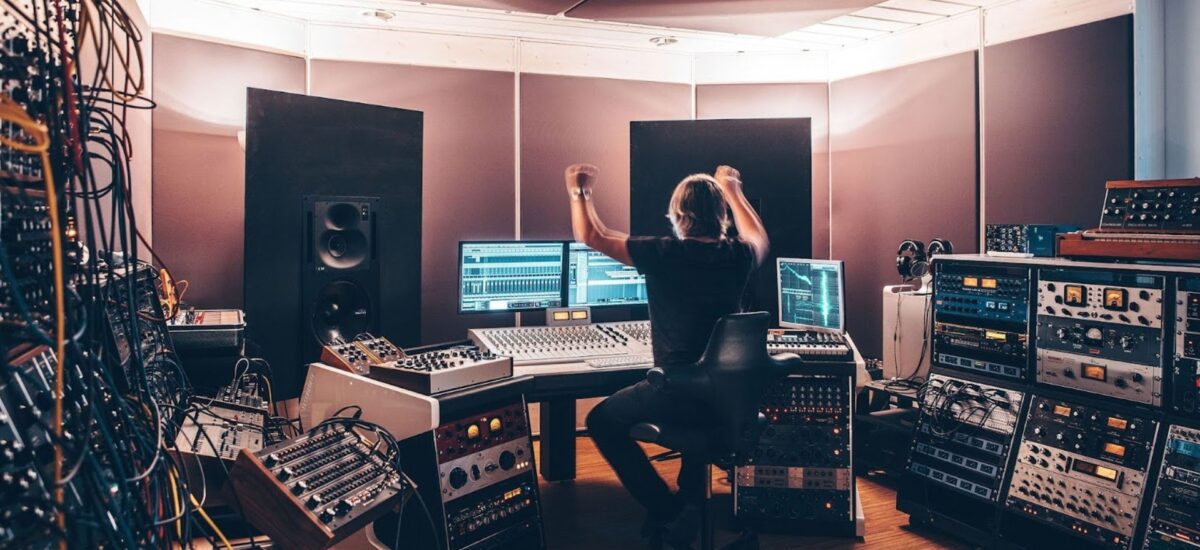
Dance music thrives on groove. Whether it’s techno, EDM, drum and bass, or any other genre, the bass and percussion are always at the forefront of the mix. Artists who want to excel in these genres must give these layers the proper attention if they want their tracks to not only sound great on large systems but also energize a dance floor in a live setting.
Hannes Bieger, a German melodic techno producer and live performer, knows this well. His recent album, Galaxies, released on his own Elektrons label, is a masterclass in melodic techno production.
The album came together after Hannes settled into a new studio space, shaking off a creative block and rediscovering his sound. Tracks like “Black Hole” became key moments in this process – not just for the music itself but for how they inspired the launch of Elektrons. The album blends melodic elements with tight, powerful grooves, reflecting Hannes’ ability to translate the energy of live performance into the studio.
Collaborations with vocalists like Walead and FEY add another layer of depth, with tracks like “Hawa” and “Stardust” showcasing his versatility.
Jump to these sections:
- How techno drums are different from other genres
- The benefits of samplers
- Perfect vs. “good enough”
- What Hannes wishes he had learned earlier
- Why tuning drums is critical
In this interview, we explore how Hannes uses VST samplers like Battery 4 to create tight, punchy melodic techno drum grooves. We also explore why samplers like these are the top choice compared to working directly with audio or using pre-programmed loops.
Do you approach sequencing and programming drums for techno differently than other genres of music you’ve done?
Yes, I work quite differently now compared to when I started.
Back in the 90s, I was using an Atari ST for MIDI sequencing and an Akai S3000 sampler with 24MB RAM for drums. Later, when I moved to Logic as my DAW, I had all my drums on audio channels because the EXS24 sampler in Logic wasn’t designed for drum programming. It was more suited for piano multisample, and mapping drums to MIDI notes was frustrating.
During that time, I was producing jazzy deep house and broken beat music, and working with audio channels was a challenge, especially with complex breakbeats. However, when I returned to music production around 2016–2017, I switched to using a sampler – specifically Battery – for drums.
This gave me much more control over parameters like decay and tuning, which was a game-changer for me.
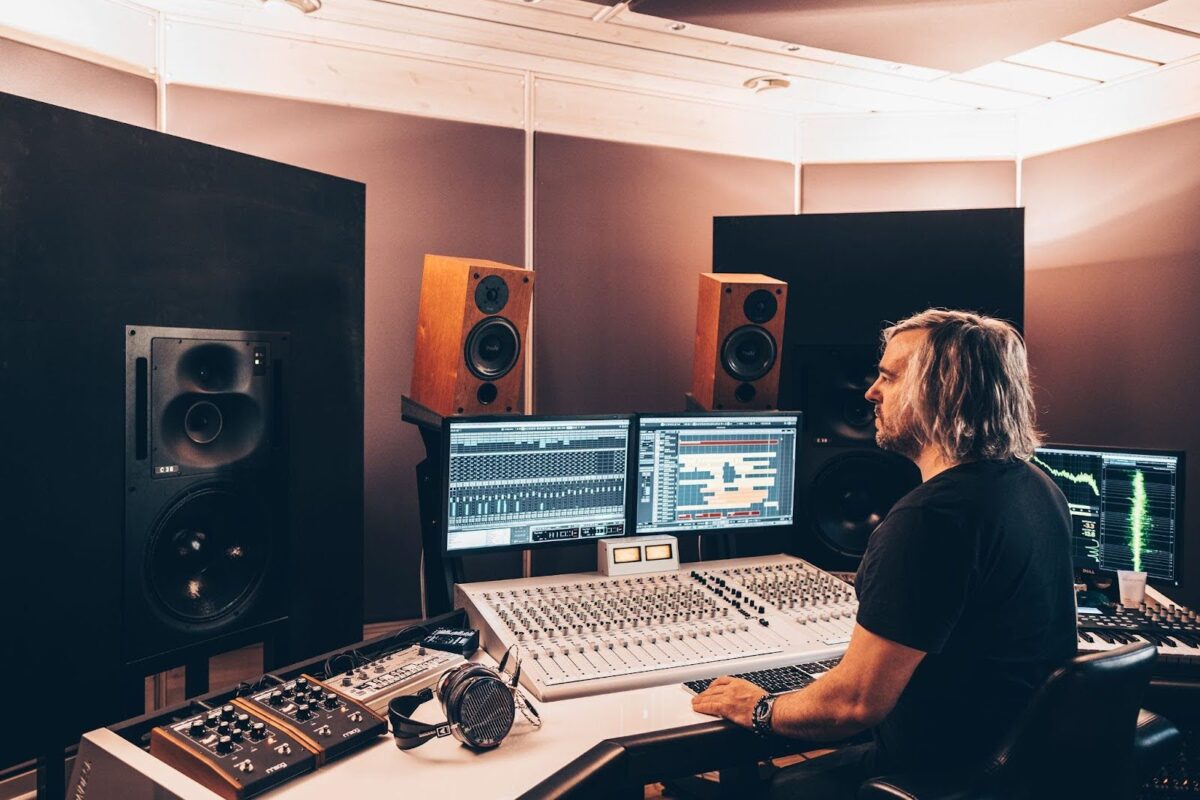
What benefits do you see in using VSTs and samplers for sequencing drums compared to working directly with audio in your DAW’s timeline?
Using a sampler or VST like Battery 4 for drum sequencing offers significant advantages.
For example, adjusting the decay or tuning of a sound is much easier in a sampler. If you try to do this on audio channels, you need to use time-stretching or apply fades manually, which is both tedious and less intuitive. Worse, time-stretching often degrades sound quality – especially with something like a bass drum.
In a sampler like Battery, you can make these changes quickly and with higher fidelity.
For my workflow, having drums on audio channels isn’t practical. The flexibility and sound quality you get from a sampler or VST are essential for my work.
Hannes Bieger pro tip: One common mistake when programming bass drums in a sampler is that the tails of the sample can overlap with the transient when the number of voices isn’t limited to one – which essentially means that the tail of the previous sample is cut off when the next one is triggered. In Battery this can be done in the „Voice Groups“ section in the Setup page.
Especially with longer bass drum samples with pitch envelopes the sound can get wobbly and muddy very quickly when this isn’t being taken care of. Everyone wants a tight low end, and it’s so easy to miss these simple details, which can make all the difference!

How much time do you usually spend finding the exact right one-shot or loop compared to finding one that “works” and then using tools in a plugin like Battery to make it perfect?
It depends.
Sometimes I find the right sound quickly; other times, it takes longer. I try not to obsess over it. My goal is to find a sound that works and make it fit the track quickly to maintain momentum and inspiration. Battery 4 is perfect for this workflow. I can drag an entire folder of samples into it, and the VST automatically maps them. Then I step through the sounds, color-coding the ones that might work, and move them to the top for easy access.
This process lets me create shortlists of sounds efficiently, which is key for keeping the creative flow. I also maintain my own sample libraries, so I usually know where to find what I need.
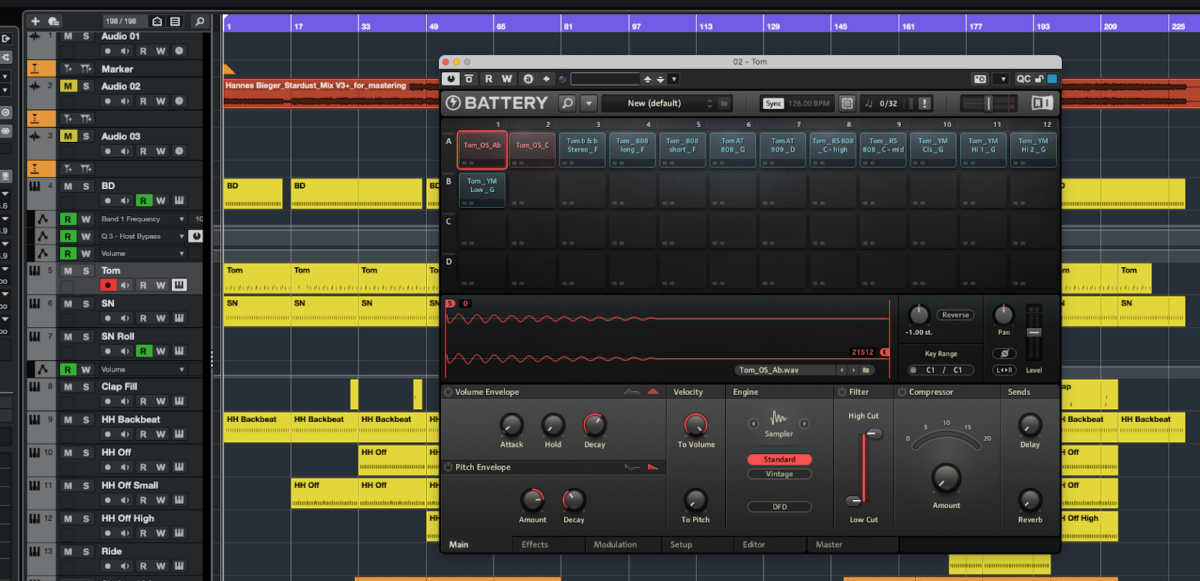
What is something about programming techno percussion that you wish you had learned earlier? Anything you only learned from playing and performing live?
I wish I had adopted a more synthetic approach to percussion earlier. When I started producing again around 2016, I moved away from pre-recorded percussion loops and began creating my own percussion with modular synths.
This approach feels more personal and unique. It also allowed me to create grooves and textures from scratch, which elevated my production to a new level.
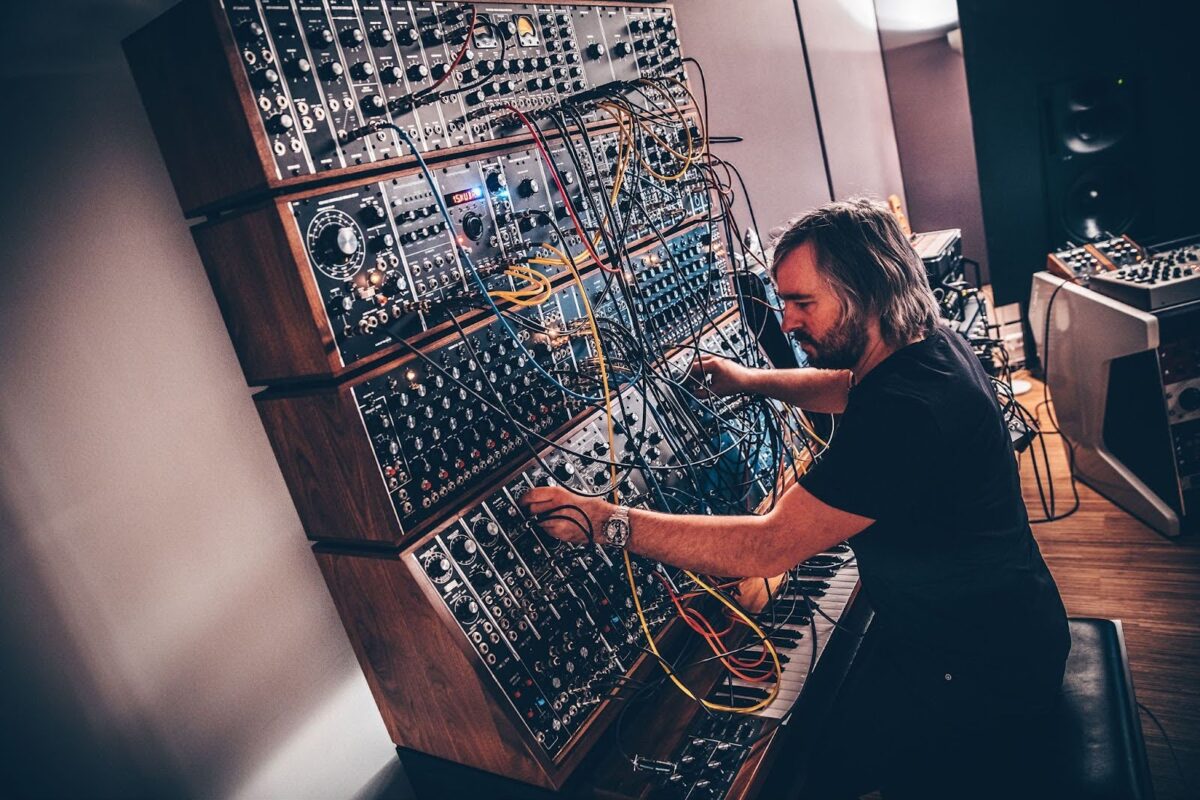
Playing live taught me a lot about the arrangement, especially the rise and fall of tension in a track and the appropriate length of breakdowns. However, I don’t think my specific drum sound choices have changed much from live performances. Most of those decisions are made in the studio.
Occasionally, I notice a hi-hat sounds too thin during a live set and consider layering a thicker sample. However, venue acoustics are often unreliable, so I rely more on my studio experience for fine-tuning. Playing live is more about validating whether the track’s energy translates to the crowd.
When working with Battery 4, what is one thing you do in almost every project you finish?
I always tune the drums. Tuning the bass drum, in particular, is the single most important step in every mixdown or client project I work on. I wouldn’t even listen to a bass drum for 20 seconds without tuning it to the track.
Battery makes this process very convenient.
This focus on tuning is something I emphasize in my masterclasses and one-on-one sessions. It’s a detail that has become central to my mixing and production work, ensuring the drums complement the overall track seamlessly.
Hannes Bieger pro tip: A very common measure to create a dynamic rise and fall of tension over the whole duration of the track is filtering the bass drum in certain sections, for example by way of applying a high pass filter. There are multiple ways to do this, for example with an EQ plugin and some channel automation. A very quick and easy solution that doesn’t require any automation can be found in Battery’s effects section. Just duplicate the bass drum cell, apply some high pass filter on the duplicate, and whenever you want to use the filtered kick just change the MIDI note that triggers the kick in those sections…

Make club-ready percussion today
We want to give a special thank you to Hannes Bieger, whose approach to drum programming highlights just how critical these details are for creating tracks that resonate in both live and studio settings. Whether it’s the flexibility of VST samplers like Battery 4, the importance of tuning each drum to fit the mix, or the personal touch of modular percussion, Hannes shows that the smallest decisions can have the biggest impact.
If there’s one takeaway here, it’s that great drum programming isn’t just about finding the right sounds – it’s about shaping those sounds to fit the track and elevate its energy. Listening to Galaxies, you can hear how these techniques come together, resulting in a cohesive album that feels as dynamic as it does intentional. For producers looking to refine their drum work or anyone seeking inspiration from one of techno’s leading minds, there’s much to learn from Hannes’ process.
Take a listen to Galaxies and see how these ideas translate into the music and get inspired on the different ways that Battery 4 can give you the tight, punchy control over your drum sequences that you need to make chart-topping melodic techno like Hannes Bieger!
